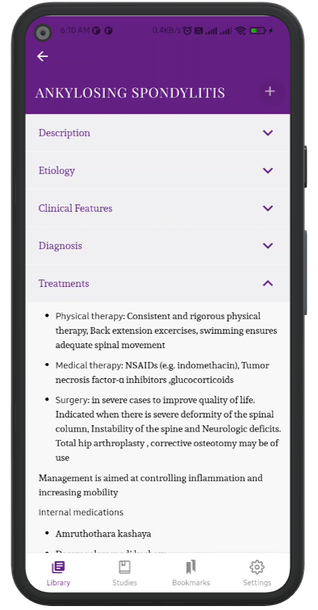INTRA UTERINE GROWTH RETARDATION (IUGR)
Description
- IUGR is defined as lower than normal foetal growth characterized by an estimated foetal weight below the 10th percentile for a given gestational age
- Asymmetrical IUGR is caused by extrinsic influences (most commonly placental insufficiency) that affect the foetus in the later stages of gestation. It manifests with normal foetal head size with a disproportionately small body and limbs
- Symmetrical IUGR is caused by intrinsic influences (e.g., early intrauterine infections, aneuploidy) that affect the foetus in the early stages of gestation. It typically manifests with a global growth restriction of the head and body and can lead to an increased risk of neurologic sequelae
Types
At birth
- Weight deficit – 600 gm below the minimum in percentile standard
- Length – unaffected
- Head circumference is relatively larger than the body in an asymmetric variety
- Dry and wrinkled skin, scaphoid abdomen, thin meconium-stained vernix caseosa, thin umbilical cord. All this gives the baby an’ old man look’ Plantar creases – well defined
- The baby is alert, active, and having a normal cry. Eyes are open
- Reflexes – normal
Symmetrical IUGR
- Height, weight, and head circumference proportional
- Commonly due to congenital infection, genetic disorder, or intrinsic factors
- Reduced number of cells in foetus
- Normal ponderal index
- Complicated with poor diagnosis
Asymmetrical IUGR
- Head larger than the abdomen
- Commonly due to uteroplacental insufficiency, maternal malnutrition, hypoxia, or extrinsic factors
- Cell number remains the same but the size is small
- Low ponderal index
- Uncomplicated, having a good prognosis
[Ponderal index= birth weight* 100/crown heel length. Typical values-20 to 25]
Investigation
- Haemoglobin
- Urine – sugar, albumin, microscopy, culture, and sensitivity
- HIV
- TSH
- HBsAg
- USG
- Biochemical markers – Elevated levels of MSAFP and Hcg levels in the second trimester are markers of risk of IUGR
- Doppler velocimetry of umbilical artery – reduced or reversed diastolic flow
- No stress test: late decelerations of the foetal heartbeat, bradycardia
Treatments
No proven therapy for reversing IUGR once it has established
- Adequate bed rest – especially in the left lateral position
- Correct malnutrition by balanced diet – (300 extra calories per day)
- Appropriate therapy for complicating factors likely to produce IUGR
- Avoidance of smoking, alcohol
- Maternal hyperoxygenation
- Low dose aspirin(50 mg daily)
Ayurvedic Treatment
Internal Medicines
- Sitha, Kasmarya, and Madhuka sidha ksheera
- Madhuyashti, Kasmarya, Sariba, sita sidha ksheera
- Mamsarasa + Brihmaneeya dravyas and Sneha
- Balamoola Kashaya
- Vidaryadi gritha
Department
Prasoothi & Stree Roga

